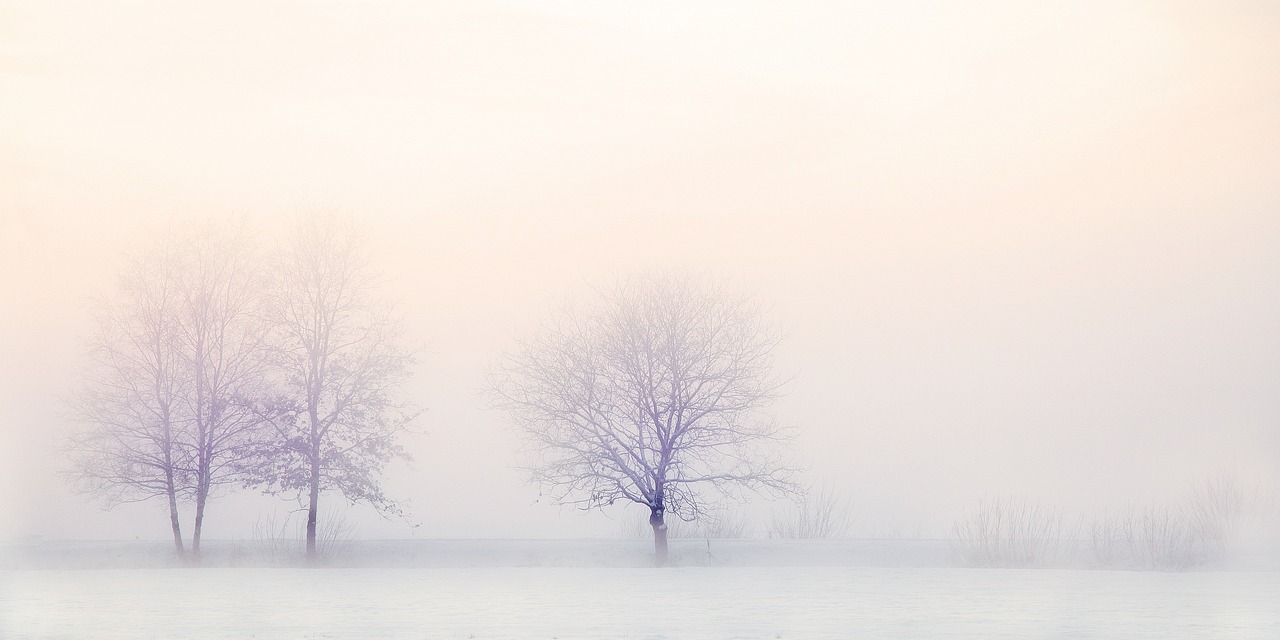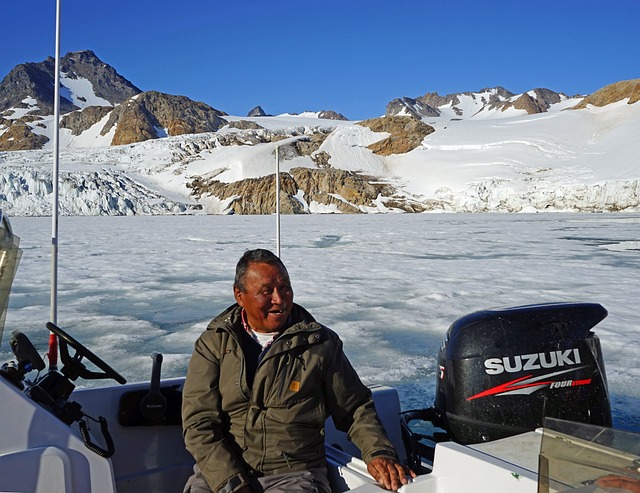
Color is a universal experience, yet every language perceives and categorizes it differently. Among all the colors, white holds a special place, often symbolizing purity, peace, and simplicity. Surprisingly, some languages have an extraordinary variety of words for white, reflecting intricate cultural, geographical, and environmental factors.
So, which language has the most words for white? While there isn’t a definitive count, Inuit-Yupik languages, spoken by Indigenous peoples of the Arctic, are famous for their vast vocabulary describing snow, which naturally includes shades of white. These languages offer a fascinating glimpse into how environment and culture shape language.
The Arctic Palette of Whites
The Inuit-Yupik languages, encompassing multiple dialects, are known for their nuanced lexicon of snow-related terms. For instance:
- “Aput” refers to snow on the ground.
- “Piqsirpoq” describes drifting snow.
- “Qanik” refers to falling snow.
- “Matiq” captures the concept of wet snow.

While not all these terms directly translate to “white,” they describe various states and textures of snow, which is inherently white in their environment. These terms reflect the critical role snow plays in their lives, from navigation to hunting.
Japanese and the Subtle Whites
The Japanese language also showcases a delicate appreciation for white, particularly through its use in art, poetry, and aesthetics. In Japanese, there are several terms to describe white and its variations:
- “Shiro” (白) is the basic term for white.
- “Gin’iro” (銀色) means silver, often considered a gleaming shade of white.
- “Usu-zumiro” (薄墨色) translates to “light ink,” a soft grayish-white.
- “Mashiro” (真白) means pure white, often used in poetic contexts.
The concept of “wabi-sabi,” embracing imperfection and impermanence, frequently uses muted whites and off-whites, such as cream and ivory, to evoke simplicity and natural beauty.
The Nomads of the Sahara
The Tuareg people of the Sahara, known as the “Blue People” for their indigo-dyed clothing, also have a rich vocabulary for white, inspired by their desert environment. Terms for white sands, bleached bones, and the pale light of the moon are integral to their poetic descriptions of life in the vast desert.
- “Tazouggaret” refers to the whiteness of the sun-bleached landscape.
- “Anouff” captures the dusty, pale haze of the desert horizon.
The Myth of English and Snow
English speakers often marvel at languages like Inuit-Yupik for their extensive snow-related vocabulary, but English has its own treasure trove of terms for white, especially in creative or descriptive contexts:
- “Ivory” describes a creamy white, derived from elephant tusks.
- “Pearl” evokes a soft, luminous white.
- “Frost” captures a crisp, icy white.
- “Alabaster” refers to a smooth, translucent white.
Interestingly, many English terms for white are borrowed from other languages, like “blanc” (French) and “albino” (Latin).
The Stories Behind the Words
The diversity of terms for white often carries stories of survival, reverence, and cultural identity. For Arctic peoples, knowing the difference between safe, compacted snow and loose, dangerous drifts can be a matter of life and death. In Japan, the subtle variations of white in nature inspire haikus and traditional paintings, reflecting harmony with the seasons. For the Tuareg, the shimmering whites of the desert are inseparable from their oral poetry and spiritual worldview.
The Takeaway
White may seem simple at first glance, but its linguistic richness reveals how deeply intertwined it is with human experience. Whether it’s the Arctic snows, the desert sands, or the delicate tones of Japanese art, the many words for white remind us of the profound connection between language, culture, and the natural world.
In every language, white is more than a color—it’s a story waiting to be told.





